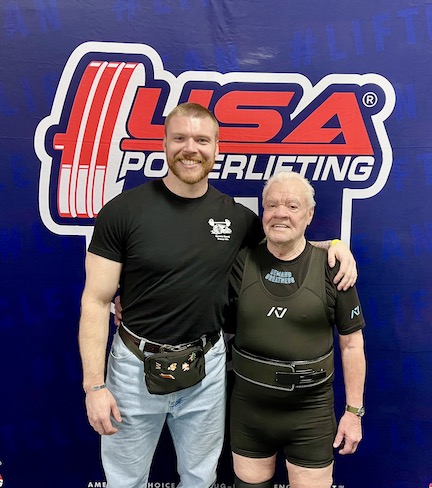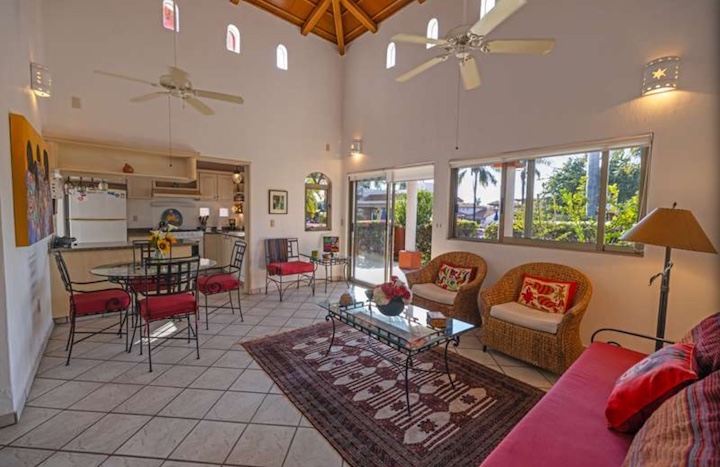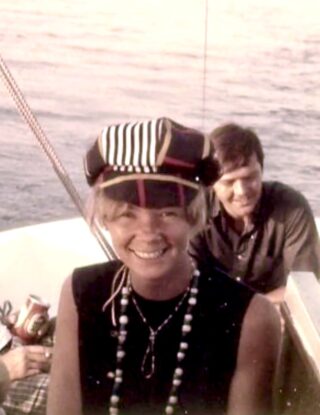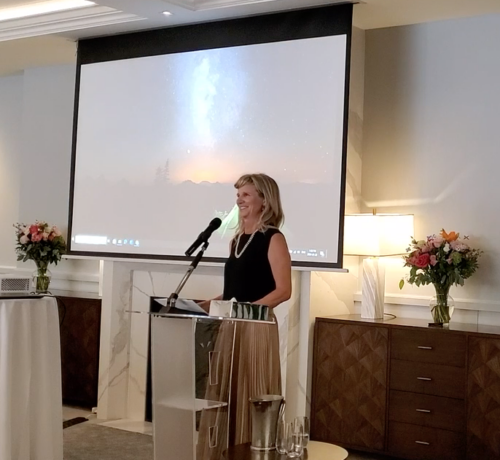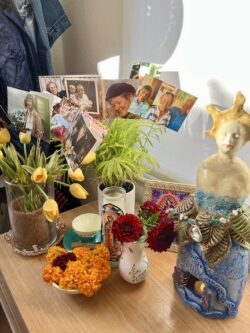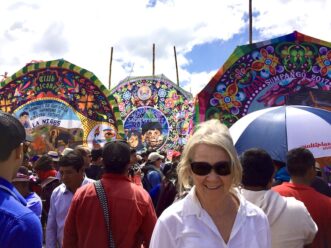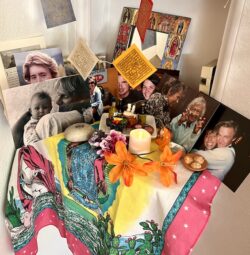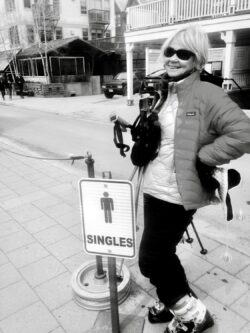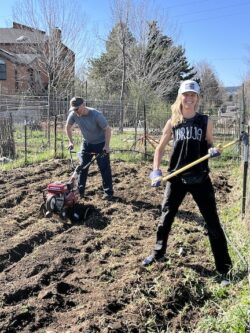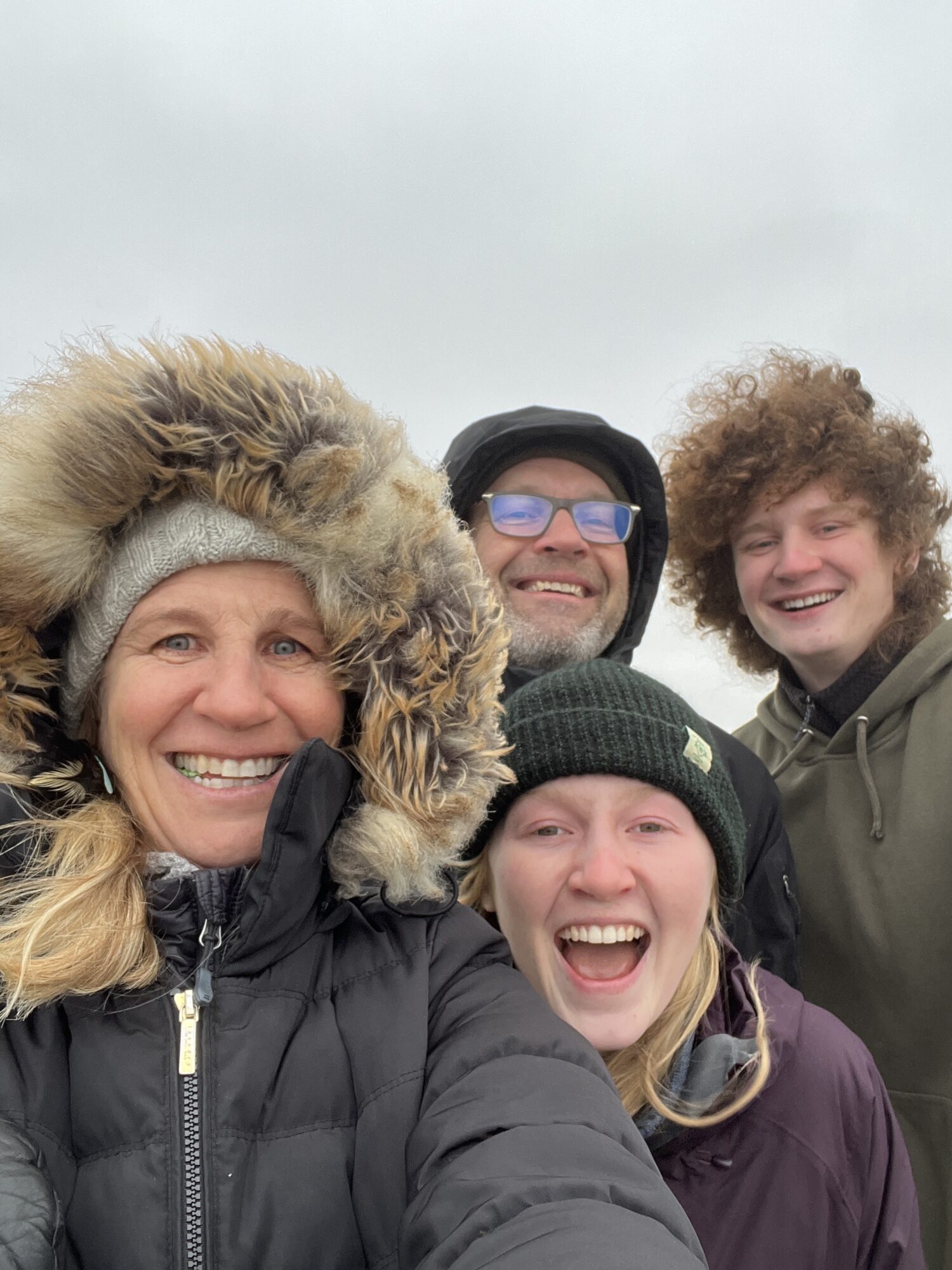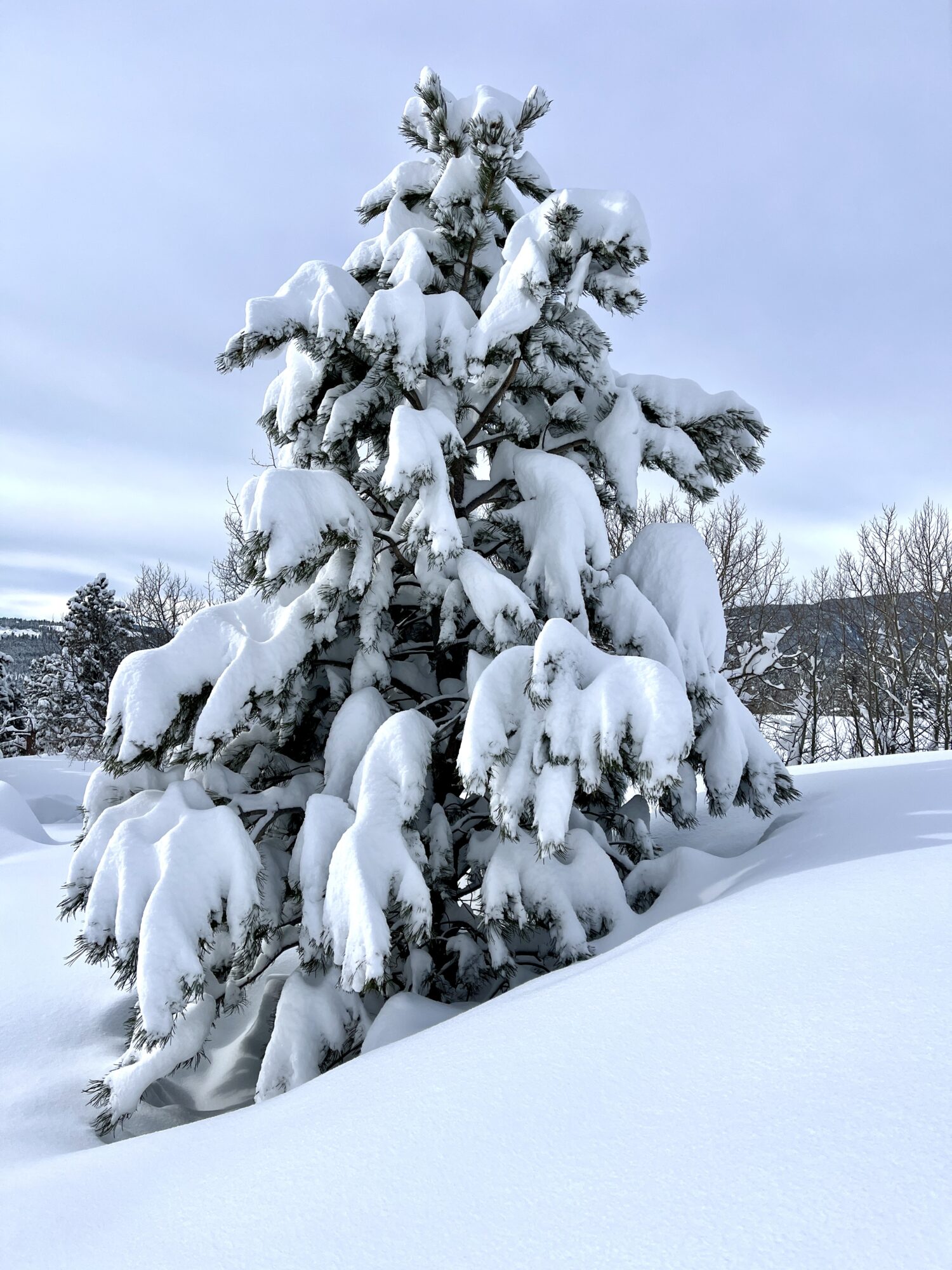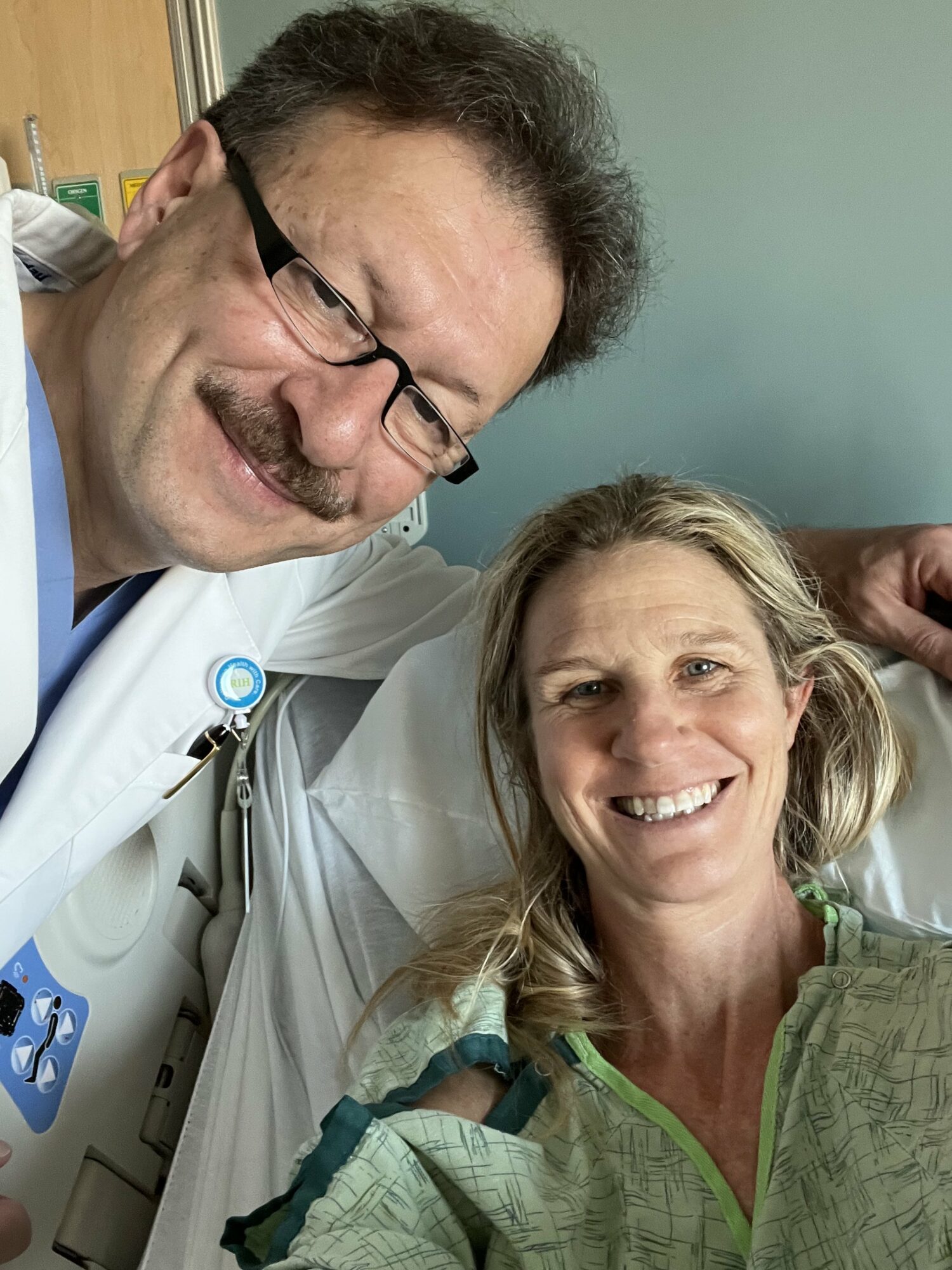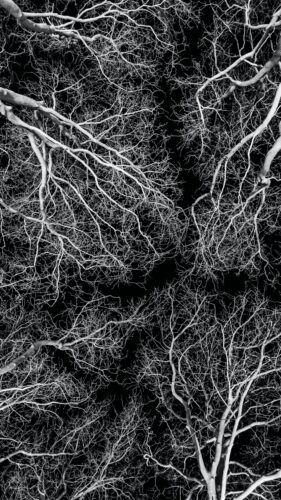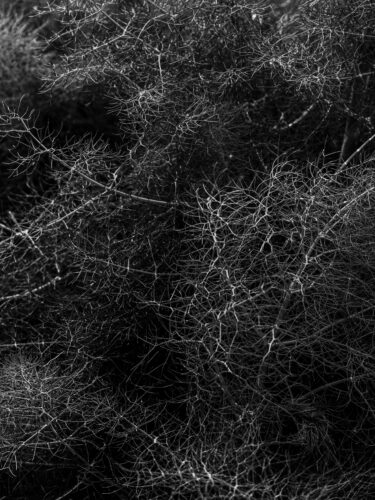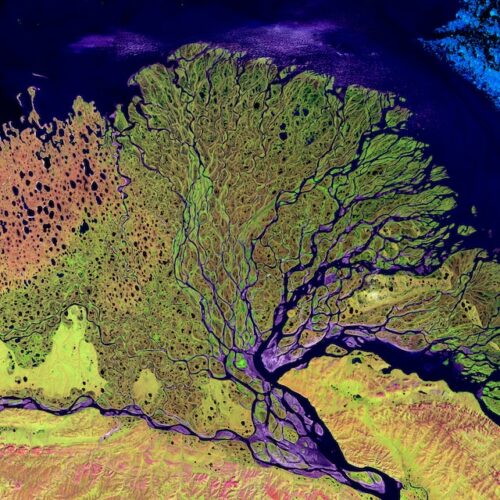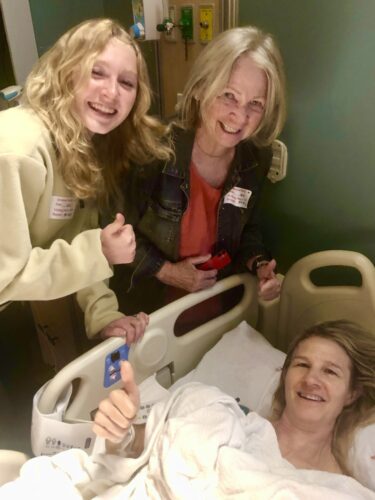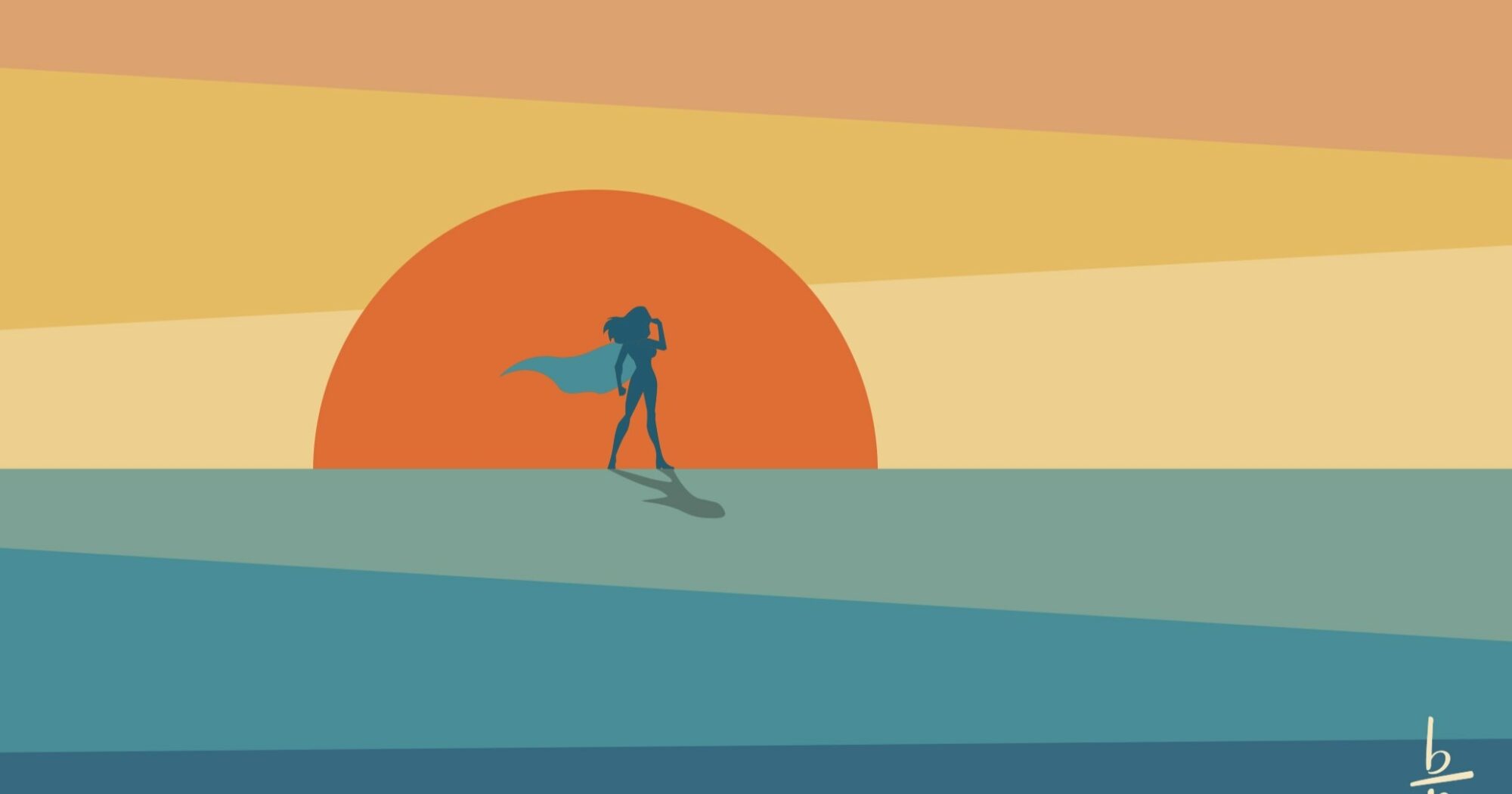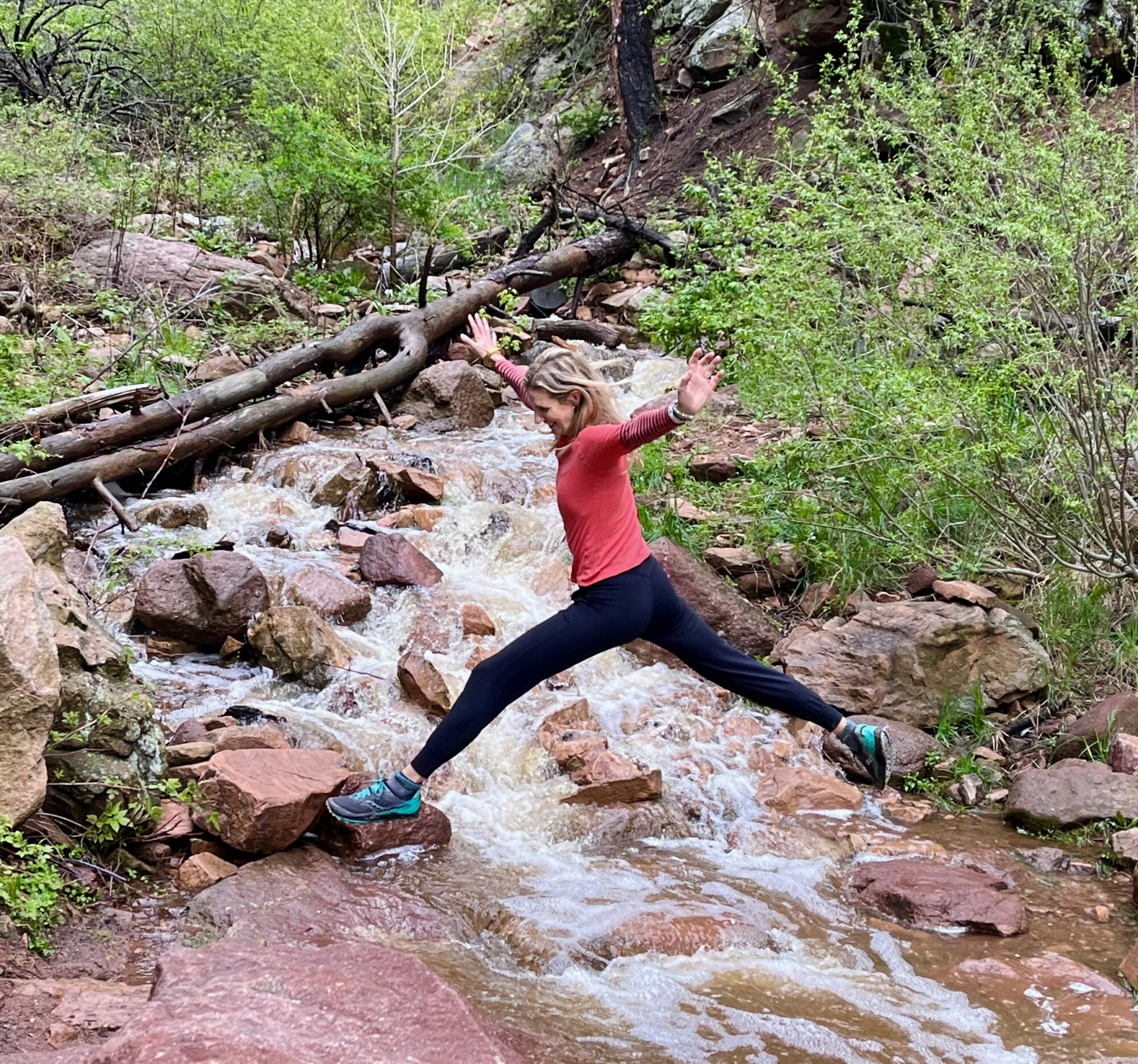Grandpa Rick, age 80, walks into the gym in Thornton, Colorado carrying a 1960s Samsonite suitcase that he found on the side of the road back in his hometown in Texas. The burly young men flexing their muscles in the mirror stop to look at him. They wonder whether this white-haired, old man is lost. As Rick unpacks his suitcase, I realize that he doesn’t own sweatpants or fancy weightlifting shoes. He works out in a t-shirt, a pair of pajama bottoms, and Vans.
Rick is my father-in-law. He is also a first-time competitor at the age of 80 in the USA Powerlifting Colorado State Championships. We have to go back in time in order to understand the present. Rick was inspired by his son, my husband Kurt, to try the sport last summer when he watched Kurt and his team of Masters lifters called “The Geezer Dawgs” compete on YouTube. Rick watched the webcast and wondered out loud, Could I do that?
Kurt agreed to help his dad try. Never mind that Rick had never lifted weights before and that his medical history reads like an autopsy report. He has COPD, a chronic, debilitating lung disease from an old habit of smoking 5 packs of cigarettes a day when he worked construction. His doctor measured Rick’s lung capacity at 50% that of a normal adult. Rick has also survived brain surgery and has two stents in his heart. Yet his doctor believed it might help his overall health, so he gave Rick the go ahead. Grandpa Rick set a goal six months away, a competition in Colorado in February at an altitude of 5,430 feet.
Rick’s medical history was challenge number one. Challenge number two was his diet. I once caught him eating a salad bowl of Starburst candies for dinner. Challenge number three: his knees. Challenge number four: his ankles.
When Rick sent us a video of him squatting (without any weight), Kurt was not optimistic. His dad couldn’t drop his hips any lower than 120 degrees. Powerlifting rules require that competitors must drop their hips lower than 90 degrees, until they are below their knees. That was in September, just five months before the competition. Kurt encouraged his dad to find a coach, someone who could help him gain mobility as well as strength.
Rick told me later, “I wrote emails to trainers. No one replied. I think it was because I told them my age and that I had a competition coming up.” Undeterred, Rick walked into several different gyms, searching for someone crazy enough to help this old man.
Enter Connor Williams, a young viking-sized redhead with an old-growth beard and sleeve tattoos who fist-bumped Grandpa with excitement and said, “Alright, let’s do this!” When I asked Connor what he saw in Rick, he said, “The fact that his 80-year-old butt came into the gym and said with certainty that he was going to compete in a powerlifting contest. I could see that he had a lot of bite in him!”
Connor and his wife Leah worked with Rick for three months to loosen up his ankles and knees before they would let him add any weight. When they finally put plates on the bar, Rick was so out of breath that he had to sit on the floor between lifts, puffing on a rescue inhaler. With consistent focus, he got better.
When Rick went back to the pulmonologist before the competition, the doctor was impressed. In five months, Rick had increased his lung capacity 10% and his heart was better, too. Not only that, his balance improved. Rick told me, laughing, “One morning I stuck both feet in my underwear without holding on to anything and I thought, Wow! I couldn’t do that before.”
Fast forward to February 23rd, 2025, competition day. Rick’s wife, MJ, her white hair styled in a pixie cut, walks carefully into the gym holding her daughter Allison’s arm. They flew in from Austin, Texas because MJ was determined to see her husband compete. Rick Jr. flew from Iowa with his wife Diane. A few grandchildren drove hundreds of miles to watch. When Grandpa Rick saw the faces of his wife, children, and grandchildren in the gym, his eyes teared up. “What if you’ve come all this way and I die?” he asked. His daughter Allison joked, “If you drop dead during the competition, it’s okay because we’re all here and the chairs are already set up for a funeral.”
I listen as Kurt gently explains the USA Powerlifting competition rules to his dad. The contest involves three events: Squat, Bench, and Deadlift. Competitors have to perform at least one good lift in all three to stay on the scoreboard. At the end of a long day, they add up the competitors’ best lifts in each for their total score.
We watch the young, Hercules-looking, college-aged, muscle-men squat first. Before they walk up to the bar in their weightlifting singlets and performance shoes, they pound C4 energy drinks, sniff smelling salts, and jump up and down to get the crowd on their side. They seem born to do this. Then it is Grandpa Rick’s turn.
Grandpa hobbles out to the platform, looking out of place with his white hair and Vans sneakers, and stands in front of us like a deer in headlights. He puts 100 pounds on his back, moves his body up and down and racks the bar again in such a hurry that I almost miss it. The judges give him three red lights; his lift will not count. The rules require a slow, steady, low squat. I hear MJ, my mother-in-law, say, Uh oh.
On his second try, Rick squats all the way down until his hips are below his knees with all that heavy weight on his back. It seems impossible that he could ever stand up. I hold MJ’s hand as Rick slowly inches his way back up to standing. I can hear Kurt cheering Rick on loudly from backstage. When the judges finally call out “Rack!” Rick racks the bar successfully and stands proudly, looking taller and stronger than I ever remember him looking. The crowd is quiet, holding their breath until the judges make their decision. Suddenly, three bright white lights appear on the screen, announcing a clean lift. Now Rick is officially on the scoreboard. MJ laughs with relief. Kurt rushes to give his dad a hug. Those young Hercules-like competitors shout, “Way to go, Grandpa Rick!”
The next event is the bench press. Again, Rick looks out of his element. The judges think so too and three red lights appear on the screen. Rick’s first press won’t count. I see his head drop momentarily with disappointment. Yet Kurt and Connor encourage him to walk back out in
front of everyone two more times and eventually Rick presses 125 pounds perfectly. Now he has two decent lifts on the scoreboard. Only one more event left: the deadlifts.
After the bench press, Rick looks pale, haggard, wiped out. I see him leaning back in a chair, trying to catch his breath. I am worried. When all the young men want to speak to Rick to find out his story, Connor places his giant frame in front of Rick protectively. I hear Connor say, “Sorry, but the champ’s gotta rest.” Then I watch Grandpa shove handfuls of Sour Patch Kids candies in his mouth before walking out on stage to do his final event.
Rick misses his first attempt at the deadlift. Three more discouraging red lights. Yet somehow Rick brushes them off, finds a tiny thread of breath and strength and walks back out to successfully make his second, then third and final deadlift of 210 pounds. When he sees the three white lights declaring a clean lift, he does an 80 year-old version of a leap into the air and actually skips off stage. The crowd goes wild!
During the awards ceremony, we find out that The Geezer Dawgs including Rick, Kurt, David Clements, Mike Randall and Phil Sustronk won first place in the Masters Team category and Kurt won his age group and set personal records in all events! In fact, all of the Geezer Dawgs set personal records that day and won their age/weight classes. (I even set a personal record for the longest time I’ve ever spent in a gym.)
As for Grandpa Rick, well, not only did he lift a total of 435 pounds, he won his age class, and set 6 new Texas state records! (Records are based on where you live, not where you compete.)
This is not just a story of how it’s never too late to teach an old dawg new tricks. It’s also about focusing on what we can control. We are all going to die. And when we don’t know when or how, the only thing we can control is how we show up. Rick is teaching me to choose curiosity and possibility rather than dismiss wild ideas before I’ve had the chance to explore them fully. I’m inspired by Rick’s courage to put himself in a position far outside his comfort zone, where his only option was to stand up.
Because of my own body history, I am understandably afraid of getting hurt. Grandpa Rick’s story teaches me that we are not frail, we are undermuscled and undersupported. We have this fixed idea of ourselves and what we are capable of doing in terms of fitness, sure, but in life, too. What if we’re wrong? What if we could do a whole lot more? If we found the right coach and figured out how to safely manage our limits? Instead of seeking comfort all the time, what is the level of discomfort we are willing to explore?
Rick reminds me that there are countless things (physical and otherwise) that we might do if our imaginations were wild enough and if we stopped trying to do them alone.
With the competition behind him, it’s time for Rick to head home. I drive him to the airport bus terminal. He stands in line with his beat-up 1960s Samsonite suitcase in one hand and senior-discounted bus ticket in the other. The bus driver rushes to help this old man carry his suitcase. Rick smiles and just says, “It’s okay. I’ve got this.”
Love,
Susie
*
P.S) I will leave you with the last lines (edited for length) of U.S. Poet Laureate Ada Limón’s poem, “Dead Stars.” The poem begins with the speaker wheeling her trash bins out to the curb at night and staring up at the sky. She points out constellations she knows such as Orion, and marvels at the many constellations that she doesn’t know, has forgotten, or never learned.
May her words and Grandpa Rick’s story remind us to keep looking for ways to stand up and make ourselves bigger than we ever thought possible.
“Dead Stars” (edited last stanza)
Look, we are not unspectacular things.
We’ve come this far, survived this much. What
would happen if we decided to survive more? To love harder?
…What if we stopped being terrified,
if we launched our demands into the sky, made ourselves so big
people could point to us with the arrows they make in their minds,
rolling their trash bins out, after all of this is over?
***

